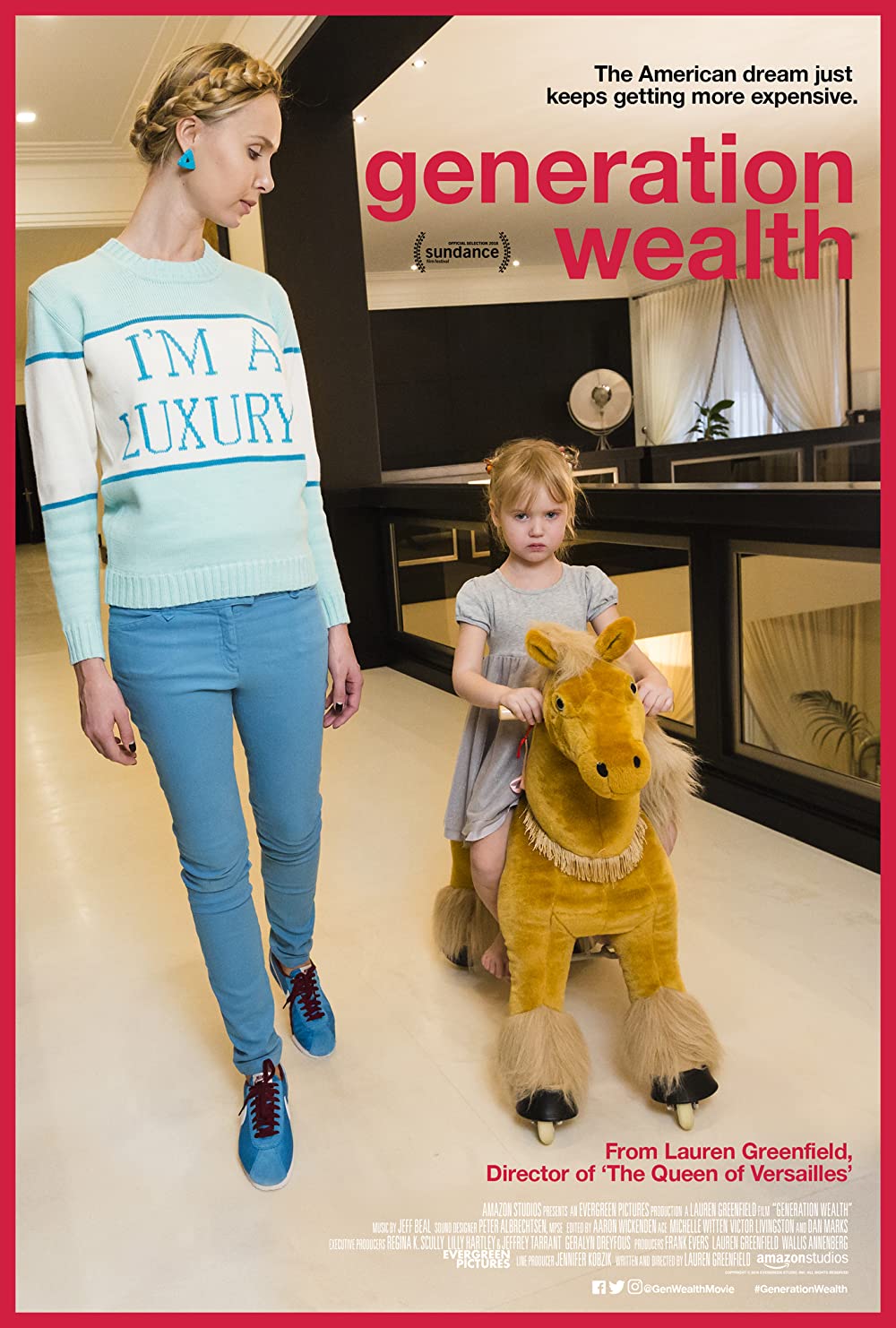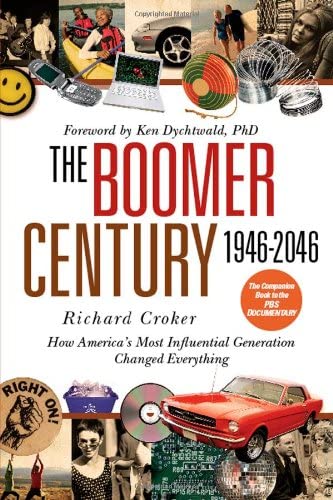GENERATION WEALTH
For my final two research sources for this project, I looked at two generational documentaries and compared and contrasted the way they executed the film in a narrative and cinematographic stance, and compared it to the way in which I’d like to go about creating my piece. From this point forward, I will begin drafting an A/V script and gathering interviews, so it’s imperative that I have a clear-cut conceptual idea in my head of how I want this film to look and behave. To do so, I must study other great documentary works and draw from the techniques/conventions used therein.
The first documentary that I looked at this week is one directed by Lauren Greenfield titled, Generation Wealth, which explores the lives of the elite from around the world, looking at the “materialism, celebrity culture, and social status” that drives their culture. It also delves into the consequences of the elitist lifestyle and shows the stark disparities that persist in a society of the haves and have-nots.

From an artistic standpoint, the main takeaway I got from this piece which will carry over into my own piece, is its distinct use of interviews to advance the story. The fact that this film made use of so many different and diverse interviewees, uses first-person interviews from places such as Los Angeles, Moscow, Dubai, and China, allowed the viewer to get a much fuller picture of the concept of generation wealth, not just from a domestic view, but truly through a global lens. While other documentaries might rely more heavily on a third-person narrator to present the narrative, I appreciated the way that this piece let the interviews speak for themselves and naturally paint a picture of its own.
In the case of my project, while I’d like to narrate certain information-heavy portions of it, such as to present/compare certain facts and statistics about Gen Z paired with various on-screen graphics, I too would like the interviewees to take center stage in the piece and to not let my words overshadow the primary aim of this project, which is to let their voices be heard. The addition of my narration should only serve to introduce and conclude the piece and to add certain supplemental material between interview segments.
THE BOOMER CENTURY: 1946-2046
The next documentary I chose was one titled The Boomer Century: 1946-2046, which, much like my piece on the present and future of Gen Z, examines the past, present and future of Boomers and the way that they have redefined each stage of life they went through. The film goes through the icons of the generation—”Cub Scouts from the 50s, Vietnam vets, yuppies, hippies, and astronauts.” Scene recreations, artifacts and certain graphics are also implemented to set the scene of the time and to “illustrate the core elements of Ken’s message.” Similar to the Generation Wealth documentary, Boomer Century is also largely interview-centered as it features interviews from both those from the generation and those who have been affected by it, as well as insights from experts in sociology, gerontology, demography and psychology.

The main takeaway from this piece as it pertains to documentary filmmaking is the way that it masterfully sets the scene of both the generation and the time period that is covered. He takes viewers on an exhibitional tour, such that we are almost reliving the lives of those from that generation or experiencing it simultaneously with them, through the archival footage paired with the various interviews. In this way, in my piece, I seek to accomplish a similar feat, in that viewers should feel like they’re reliving these moments in time through the accounts of my interviewees. As the filmmaker and editor, I can both enhance and augment this narrative environment by pairing graphics and stock/archival footage of my own to set the scene and place the audience in that time frame.
CITATIONS
Dychtwald, Ken. The Boomer Century, 1946-2046. S.l: s.n., 2007. Film.
Greenfield, Lauren. Generation Wealth. 2018. Film.
